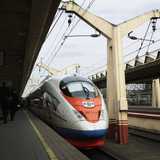Does it work? / St Petersburg
Rapid relief
Until Russia’s high-speed train, the Sapsan, arrived, the only practical way for business travellers to skip between Moscow and St Petersburg was by plane. In our monthly benchmark test, Monocle hops on board to try out the service.
Triumphant music blares from the platform as the Sapsan, Russia’s first high-speed train, pulls into St Petersburg’s Moskovsky Station. Just three hours and 45 minutes after leaving central Moscow, the 10-carriage train has arrived in Russia’s second city.
When the Sapsan began operating in December last year, train travel became a serious option for business travellers who needed to shuttle between St Petersburg and Moscow. Previously, most trains on the route travelled overnight and took up to nine hours to traverse the roughly 650km route; the only day trains in operation took over five hours.
The Sapsan, with its smart carriages made by Siemens, travels at speeds of up to 250km/h, with most of the services zipping non-stop between the two cities. For now, the trains use the normal tracks, meaning that the top speeds of over 300km/h that the trains are capable of are unattainable. Russian Railways, the state-controlled rail operator, is vague about future plans, but suggests that in five to 10 years a high-speed track will be built that will cut journey times even further.
In late July, the Sapsan also started on the route between Moscow and Nizhny Novgorod, Russia’s fourth largest city, and this winter fast trains will come into operation between St Petersburg and Helsinki.
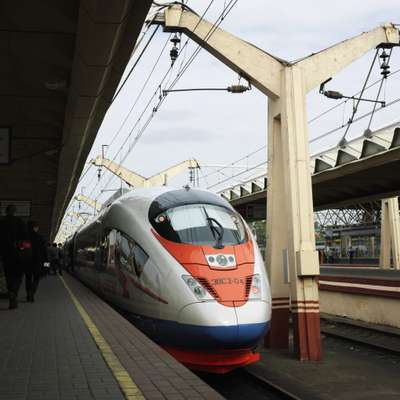
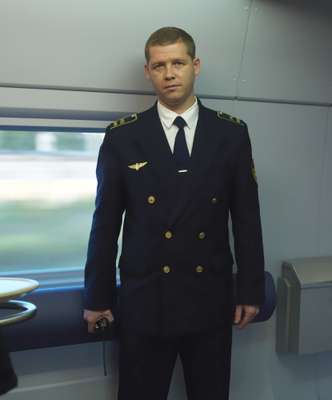


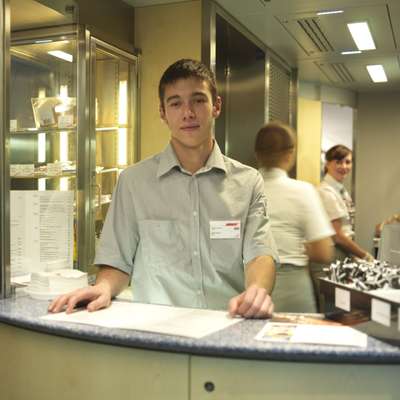
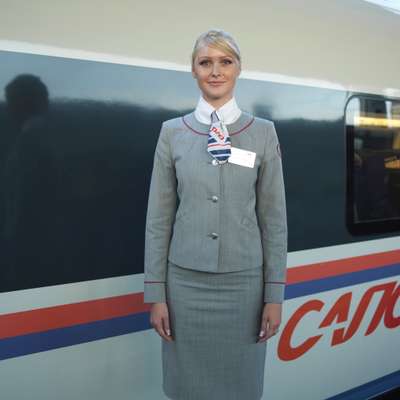

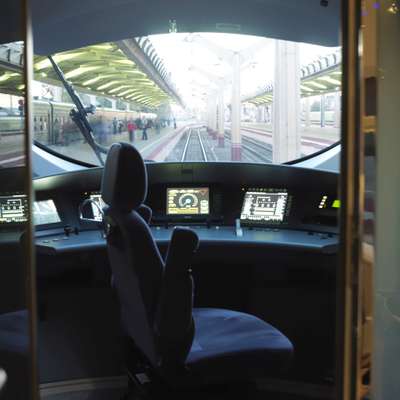

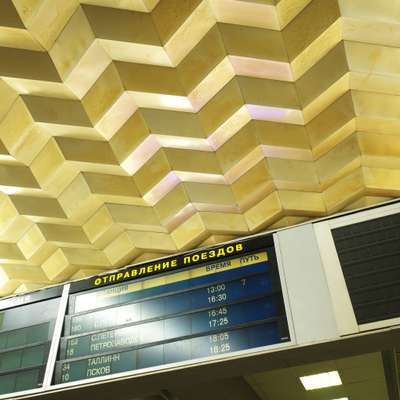
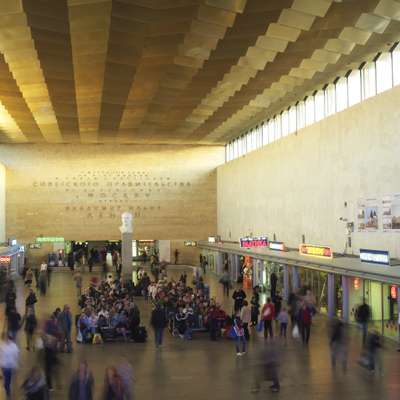
The pitch
Why do it?
The route between the business and political hubs of Moscow and St Petersburg is the most in-demand for rail passenger traffic in Russia. That’s why the line is the top priority for Russian Railways. The launch of the Sapsan comes after years of planning to roll out a convenient, fast train on the route that can compete with the air sector. The distance is about the same as that from Paris to Marseille, and with the air route a hassle and the road in awful disrepair, the company calculated that buying the German-built trains would be a no-brainer.
Getting aboard
Terminal problems
Neither train terminus is a salubrious place, especially Moscow’s Leningrad Station, one of the dodgiest places in the Russian capital. Waiting rooms must be paid for separately and are basic. If you don’t read Russian, navigating your way to the platform can be tricky, with no signs in English.
Pricing
Competitive
At €56 for a one-way ticket on the most modern and comfortable train in Russia, it is something of a bargain.
Ticketing
Not quite there yet
Sapsan’s popularity means tickets are often booked up several days in advance. Russian Railways offers a surprisingly useful online booking service with printable e-tickets – a first for Russia. But the online booking system’s main failing is its labyrinthine design. It needs simplifying.
Food and drink
Best bring your own
There’s a basic kiosk in the fifth carriage where drinks and snacks are available. In first class, passengers are treated to a three-course meal that is edible, but only just. And for those who then want to use their time to work, service takes a long time – from setting up the trays to removing them took over 90 minutes.
Staff
Feeling more human
Ticket and information booths at the stations are staffed with the usual stony-faced harridans but things get more pleasant on board. Staff wear smart grey uniforms instead of the quasi-military attire found on other Russian trains and are, on the whole, polite. Some even speak a few words of English.
Connectivity
Hit and miss
The Sapsan offers free wi-fi, but when Monocle travelled the service was not working at all for the first hour, and was patchy thereafter. If travelling first class, ask for the first of the two carriages, where each seat has an individual electricity socket – the second carriage doesn’t have sockets at all.
Safety
Better than flying
Trains on the Moscow-St Petersburg line have been hit twice by terrorist attacks in the past few years, but you’ll feel safer than travelling on a plane. Locals part of the way down the route, angry that some commuter trains have been cancelled to make way for the Sapsan, have taken to pelting the train with stones as it goes past but this is more of a nuisance than a real security threat.
Timings
Workable but not flexible
Sapsan does not allow for a great deal of flexibility as there are just five trains in each direction a day. The timetable has put the business traveller centre-stage though: a perfect eight-hour business day can be had in either of the two cities by taking the morning train there and evening train back.
Punctuality
Right on time
Since the service started, just a handful of trains have been delayed. Trains are one of the few things in Russia that are reliable, partly due to the snail’s pace at which many trains travel. But Sapsan shows that Russian Railways can run a reliable high-speed train as well – certainly more dependable than planes.
Sapsan in numbers: fast figures
€56
Cheapest one-way ticket in economy class
€157
First class ticket during peak hours
212,000
Number of passengers who travelled on the Sapsan during August 2010
86.1%
Average occupancy rate
250km/h
Sapsan’s top speed on current tracks
Room for improvement: five Monocle fixes
1.
Navigation
We can’t expect Russian Railways to magic up brand new station terminals, but some easy signage in English would be a start.
2.
Ticketing
The online booking system and e-ticketing is one of the best things to happen to Russian railway travel for a long time, but needs the attention of a good web designer – in its current state it is infuriating to navigate.
3.
Power
Nobody likes to arrive for a day’s work with a dead laptop. Power sockets should be introduced at every seat, and at the very least in both first class carriages. The wi-fi also needs to be fixed.
4.
Food
The meals served in first class and the snacks at the on-board café really need some improvement.
5.
Flexibility
Sapsan will only become a true friend to the business traveller when it runs at frequent intervals throughout the day. But we’ll have to wait for a separate high-speed track to be built for this to happen.
The verdict: a welcome arrival
There’s quite a bit wrong with the Sapsan, but then this is Russia and it’s such an improvement on what was on offer before, that it can only be welcomed. The journey time and cost are remarkably competitive with flying and the level of comfort is several times higher. The frequency of the service is a drawback, but if you get delayed and miss the train, you can always hit the airport as a backup. For the first choice, only a serious train enthusiast would choose the regular overnight train instead of the Sapsan, and only a fool would opt for the plane.

